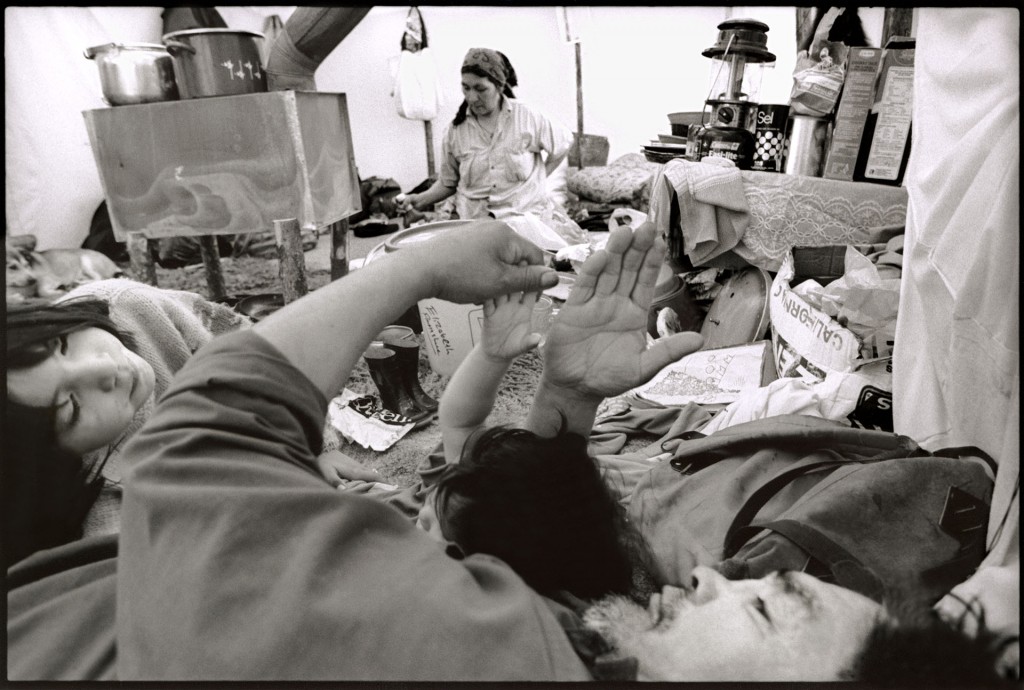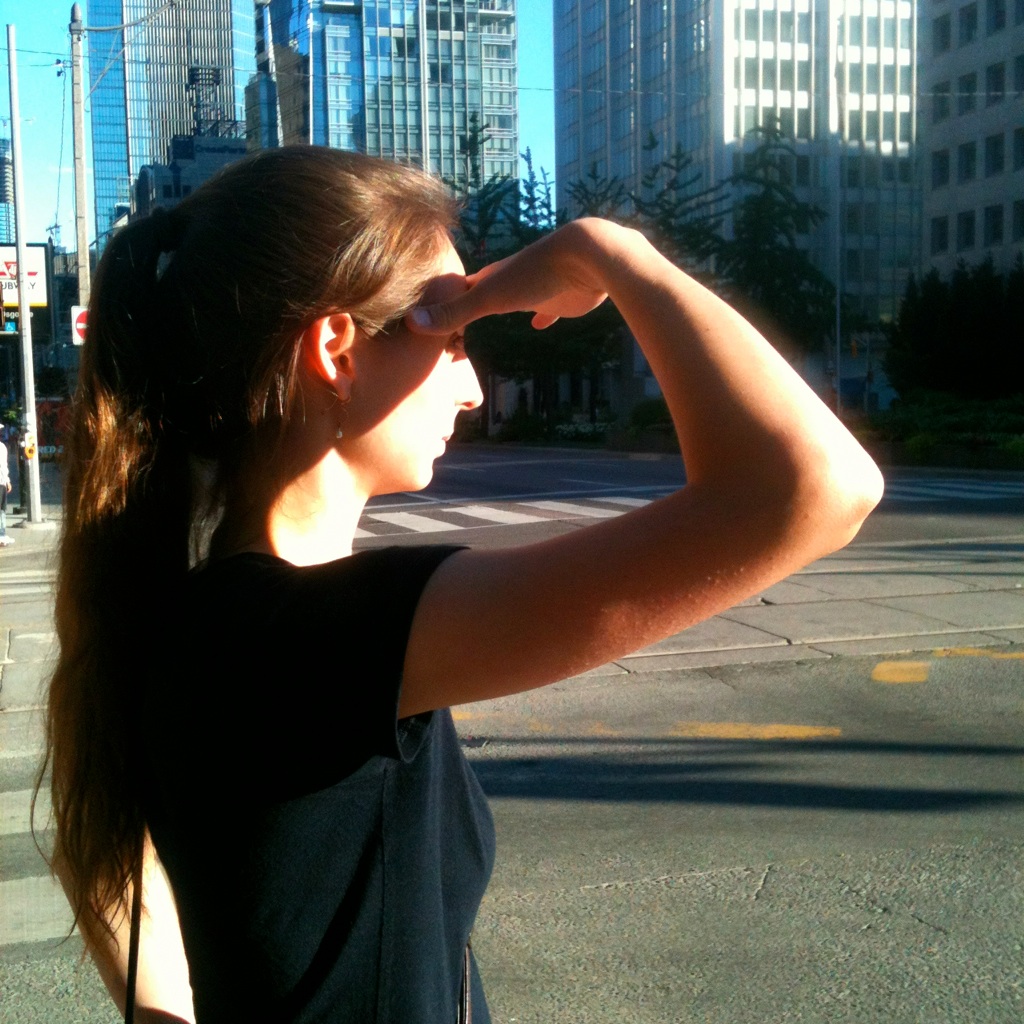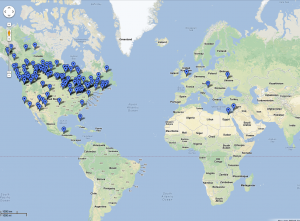Dr. George Burrows 1928 – 2015
When Dr. George hired me 8 years ago to do some photographic work for his family, I could not resist the opportunity to celebrate and honour his contribution to our community with this, my then first foray into multimedia storytelling. For like so many of my time and place I loved this man, whose twinkling eyes above his cotton surgical mask were very likely the first human features that our own newly born eyes fixed upon, even before those of our mothers. Many of us owed him our lives.
If the 1950s and 60s were a no-nonsense and paternalistic era, Dr. George nonetheless had a few gentle tricks up his sleeve to coax a young child to offer up a finger for a pin prick or an arm to set a cast. And despite the pain, we forgave him because we knew that it was in the spirit of good will and caring that he extended to so many in Georgina. Indeed, I was an unhealthy child and so I remember his occasional visits to our house, sparing my mother and me—as he doubtless did with countless others in the community—the difficulty and discomfort of an often long wait in his busy clinic. And still, decades later, many of us in Georgina would know that it was Dr. George’s regular house calls that permitted our elders not only to remain with dignity and care much longer in their homes, but not infrequently, to do so in their own beds, right up to the end.
At least one time, prior to the public ambulance service, Dr. George risked his life in a desperate attempt to save the lives of 3 young children in a fatal vehicle accident by skimming across the treacherous newly forming Lake Simcoe ice in his car to the nearby Chippewa reserve at Georgina Island at Christmastime. I know this because one of the souls lost that night was my childhood bed friend, Kelly Johnston. Doubtless it was not the only risk or heartbreak in his nearly 60 year career. Lake Simcoe would take the life of his protege, Dr. Big Canoe some decades later. Dr. George was the epitome of a country doctor and a gentleman, and he gave us his all apparently doing his final house call only a couple of weeks ago.
Despite our grief in his passing it was consoling to hear that his own incredible family were able to bring him home to surround and support him in his final hours.
To Joyce, Heather, Frank, Jennifer and Tania, and your families, my thoughts are with you.
Dr. George, you have been greatly appreciated and you shall be deeply missed.
—Peter Sibbald
May 24, 2015
P.S. Many thanks to Rita Celli of CBC Ontario Today, for the interview used in this project.





Recent Comments